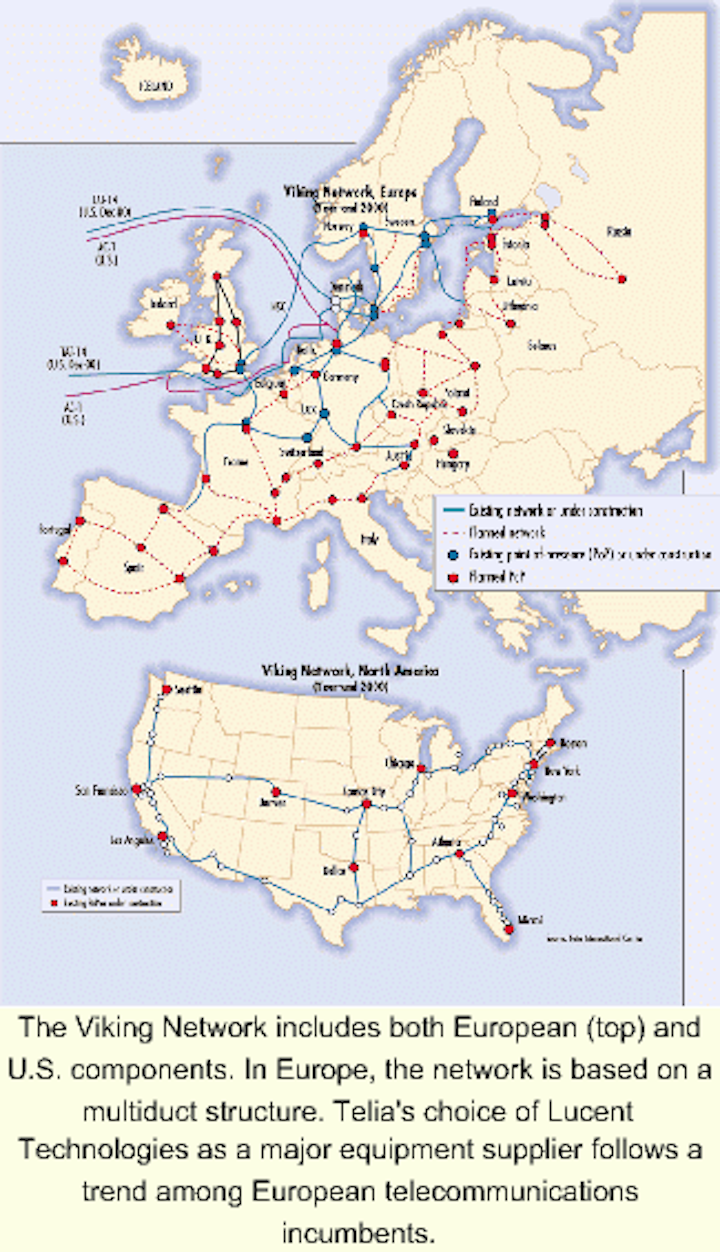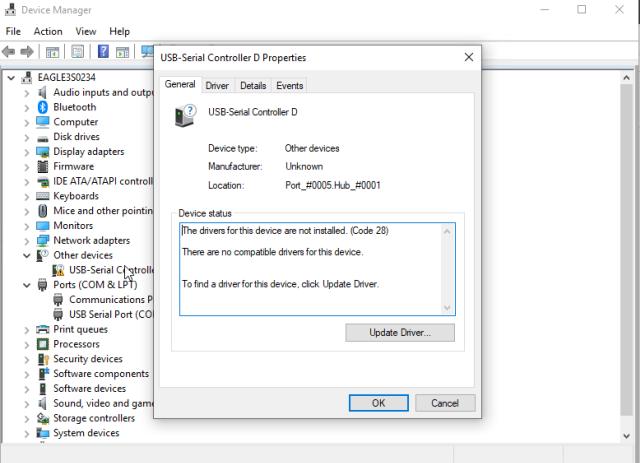Find many great new & used options and get the best deals for Viking Electronics Remote Access Device at the best online prices at eBay! NEW Legrand Luxul XGS-1005 5-Port Gigabit Desktop Switch. Windows Remote Desktops&Accesses Software. Internal Hard Disk Drives with Remote Access. Remote Desktop Access Drivers and Utilities.
I recently wanted to play around with Android development, but I didn’t have any Android devices. So I picked up a cheap Android tablet from Walmart. It’s an RCA Viking Pro 10.1″ running Android 6.0. The model number is RCT6303W87M, although in software it identifies itself as RCT6303W87M7. But…Walmart’s website says it’s an RCT6303W87 DKF. I have no idea what is really correct, but I figured I would write out all of the model numbers so that people from Google can find this post.
- Get all of Hollywood.com's best Movies lists, news, and more.
- Online Support Forums. Log in to our Product Support Forum to discuss questions with other members of the Viking community for everything related to Viking Electronics.
Anyway, I realized after I bought it that the micro-USB port is strictly for charging. Oops, my bad. It turns out that this tablet wasn’t really designed with USB connectivity as a device in mind. It does have a USB type A port, but that’s for connecting other devices to the tablet, not the other way around. I tried turning on developer mode and any options on the tablet I could find, but nothing allowed connectivity with the computer.

I did some Googling, which seemed to indicate that other people had been in this predicament. There was talk of a mysterious “special cable” that RCA provides as an option to buy. I also found people discussing using a USB A-to-A cable with varying levels of success. I decided the best thing to do would be to contact RCA support, which led me down a bit of a rabbit hole.
The friendly RCA support person told me I needed to buy a special cable, and gave me a link on RCA’s store to order it, along with instructions for using the cable — in particular you have to connect the cable while the tablet is off, and the blue end needs to be plugged into the tablet. The cable had a price tag of $5 on their store, but it looked just like a standard USB A-to-micro cable that everyone has laying around. I went ahead and ordered it anyway, but sure enough, it wasn’t actually a special cable. It was just a run-of-the-mill micro USB cable, which I had already tried myself. There wasn’t a blue end — the entire cable was black. To make matters worse, the cable came from Canada, so I had to overpay for shipping, not to mention the foreign transaction fee on my credit card.
I wrote back to RCA support. The same person who helped me first time apologized and indicated that I hadn’t actually ordered the special cable. It appears that the special cable is available from RCA, but it’s not publicly available on their site so you have to do a special order to get it. So this time RCA sent the correct cable my way for no additional charge.
Today the cable arrived, and it is indeed special. It’s a USB A-to-A cable (well…since it came from Canada, maybe we should call it an eh-to-eh cable?). The ends are clearly marked so you know which end goes to the tablet and which end goes to the computer, and the tablet’s end is blue (although you can’t see it in the picture, because the part that goes into the computer is the part that’s blue, like a USB 3.0 cable).
I don’t know if there’s anything special about the cable over other A-to-A cables. The blue end that goes to the tablet appears to be a USB 3.0 connector, which makes sense because USB 3.0 cables are typically blue. So there are extra pins for USB 3.0–but the tablet itself doesn’t actually have connections for any of those pins. I dunno. It’s a mystery. I think they just used a 3.0 connector so they could get one that is colored blue. I think there must be something special about the cable other than just being an A-to-A cable; why else would they mark which end is which? I don’t have an easy way to do any further tests on the cable to try to figure out which pins are connected to which pins.
I guess you could say I made out like a bandit, because the special cable would cost $15 according to the label on the package. The label indicates the product is a “special cable” and it’s for the RCT6513W87, so I assume that tablet has the same problem. For reference for readers, here are the instructions RCA provided me for using the cable:
- Tablet has to be completely off
- Connect the special cable from tablet to computer, please note that the blue end goes to the tablet
- Plug the AC adapter into the tablet
- Turn on the tablet
- Open My Computer to see if PC will recognize the device, if not, please proceed to the next step
- Open Device Manager on your PC
- Choose Portable Devices and select Upgrade Driver Software
- Click on browse my computer for driver software
- Select “Let me pick from a list of a device drivers on my computer”
- Go to Portable Device and choose MTP USB Device
As soon as you do this, your PC should recognize the tablet. [In] some instances, if [your] PC will not recognize the device again, you may have to [go] through the instruction[s] above.
I can confirm that if you start with the tablet turned off and then plug in the cable, it does seem to work properly and enumerate as a USB device on the computer as soon as you turn the tablet on. It worked out of the box with Android SDK on Linux. If you unplug the USB cable, you do end up having to power the tablet off in order to reconnect the USB, so if you do Android debugging, it would be smart to set up Wi-Fi debugging using the steps on this StackOverflow answer.
Hope this helps someone out there!
-->This topic is intended for OEMs who want to build a Windows 10 system with USB Type-C connector and want to leverage OS features that allow for faster charging, power delivery, dual role, alternate modes, and error notifications through Billboard devices.

A traditional USB connection uses a cable with a USB A and USB B connector on each end. The USB A connector always plugs in to the host side and the USB B connector connects the function side, which is a device (phone) or peripheral (mouse, keyboard). By using those connectors, you can only connect a host to a function; never a host to another host or a function to another function. The host is the power source provider and the function consumes power from the host.
The traditional configuration limits some scenarios. For example, if a mobile device wants to connect to a peripheral, the device must act as the host and deliver power to the connected device.

The USB Type-C connector, introduced by the USB-IF, defined in the USB 3.1 specification, addresses those limitations. Windows 10 introduces native support for those features.
Viking Port Devices Driver Ed
Feature summary
- Allows for faster charging up to 100W with Power Delivery over USB Type-C.
- Single connector for both USB Hosts and USB Devices.
- Can switch USB roles to support a USB host or device.
- Can switch power roles between sourcing and sinking power.
- Supports other protocols like DisplayPort and Thunderbolt over USB Type-C.
- Introduces USB Billboard device class to provide error notifications for Alternate Modes.

Official specifications
Hardware design
USB Type-C connector is reversible and symmetric.
Viking Port Devices Driver Updater
The main component are: the USB Type-C connector and its port or PD controller that manages the CC pin logic for the connector. Such systems typically have a dual-role controller that can swap the USB role from host to function. It has Display-Out module that allows video signal to be transmitted over USB. Optionally it can support BC1.2 charger detection.
Consider recommendations for the design and development of USB components, including minimum hardware requirements, Windows Hardware Compatibility Program requirements, and other recommendations that build on those requirements.Hardware component guidelines USB
Choose a driver model
Use this flow chart to determine a solution for your USB Type-C system.
| If your system... | Recommended solution... |
|---|---|
| Does not implement PD state machines | Write a client driver to the UcmTcpciCx class extension. Write a USB Type-C port controller driver |
| Implements PD state machines in hardware or firmware and support USB Type-C Connector System Software Interface (UCSI) over ACPI | Load the Microsoft provided in-box drivers, UcmUcsiCx.sys and UcmUcsiAcpiClient.sys. See UCSI driver. |
| Implements PD state machines in hardware or firmware, but either does not support UCSI, or support UCSI but requires a transport other than ACPI | Write a client driver for the UcmCx class extension. Write a USB Type-C connector driver Write a USB Type-C Policy Manager client driver |
| Implements UCSI but requires a transport other than ACPI | Write a client driver to the UcmUcsiCx class extension. Use this sample template and modify it based on a transport that your hardware uses. Write a UCSI client driver |
Bring up drivers
USB Function driver bring-up is only required if you support USB Function mode. If you previously implemented a USB Function driver for a USB micro-B connector, describe the appropriate connectors as USB Type-C in the ACPI tables for the USB Function driver to continue working.
For more information, see instructions about writing a USB Function driver.
USB Role-Switch driver bring-up is only required for devices that have a Dual Role controller that assumes both Host and Function roles. To bring-up the USB Role-Switch driver, you need to modify the ACPI tables to enable the Microsoft in-box USB role-switch driver.
For more information, see the guidance for bringing up the USB Role Switch Driver.
A USB Connector Manager Driver is required for Windows to manage the USB Type-C ports on a system. The bring-up tasks for a USB Connector Manager driver depend on the driver that you choose for the USB Type-C ports: The Microsoft in-box UCSI (UcmUcsiCx.sys and UcmUcsiAcpiClient.sys) driver, a UcmCx client driver, or a UcmTcpciCx client driver. For more information, see the links in the preceding section that describe how to choose the right solution for your USB Type-C system.
Test
Perform various functional and stress tests on systems and devices that expose a USB Type-C connector.
Test USB Type-C systems with USB Type-C ConnEx - Run USB tests included in the Windows Hardware Lab Kit (HLK) for Windows 10.
Run USB function HLK tests with a C-to-A cable (search for Windows USB Device in the HLK
Viking Port Devices Driver License Test
Certification/ComplianceAttend Power Delivery and USB Type-C compliance workshops hosted by the standards bodies.